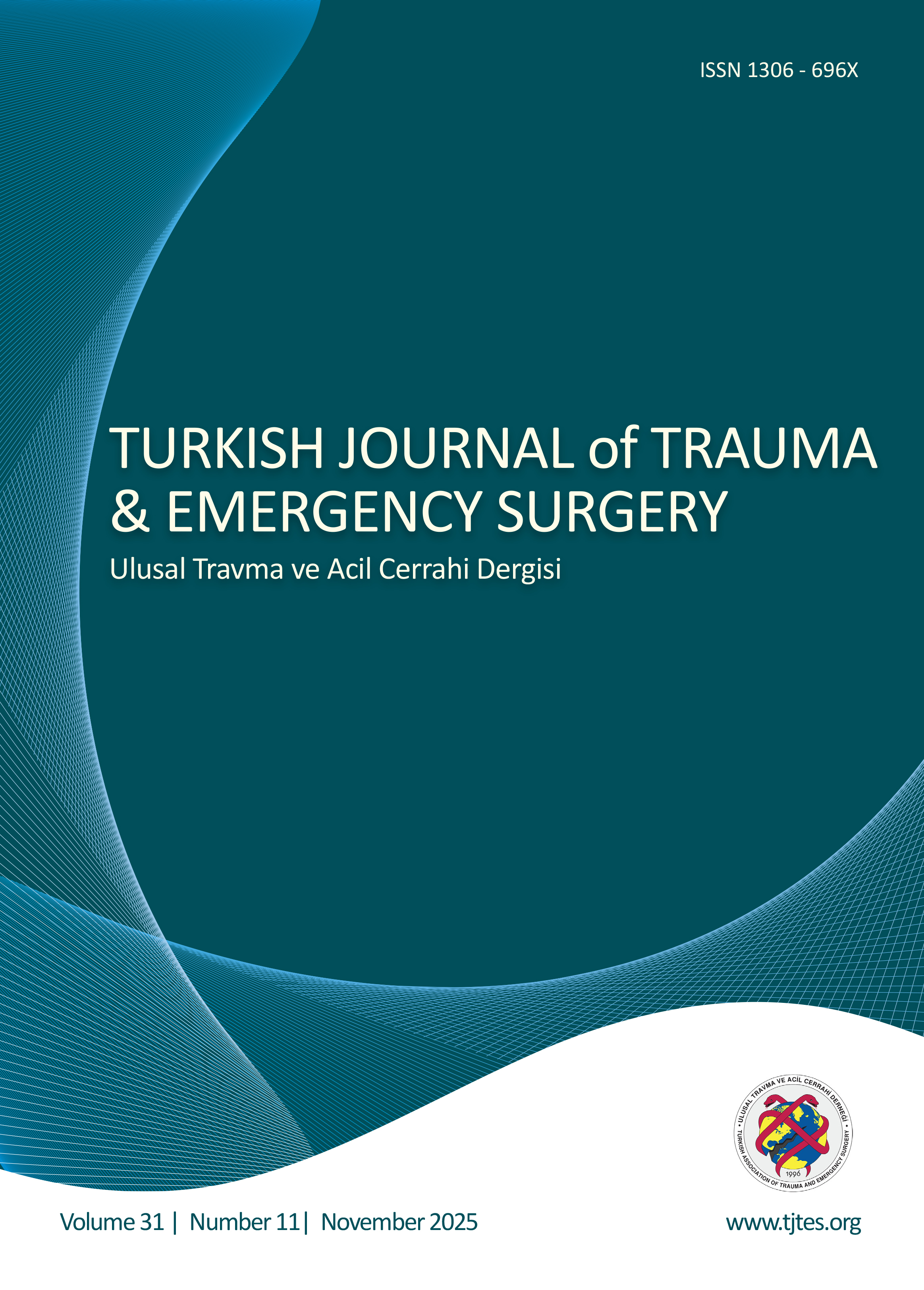Quick Search
Does the Fracture Line Position Relative to the Olecranon Fossa Affect Surgical Difficulty and Outcomes in Pediatric Supracondylar Humerus Fractures?
Ercument Egeli1, Ali Turgut21Uşak University Faculty of Medicine2Health Sciences University Izmir Faculty of Medicine
Does the Fracture Line Position Relative to the Olecranon Fossa Affect Surgical Difficulty and Outcomes in Pediatric Supracondylar Humerus Fractures?
Background:
Our aim is to investigate whether the level of the fracture line relative to the olecranon fossa influences surgical difficulty, complication rates, and radiological outcomes in pediatric supracondylar humerus fractures. (PHSF).
Methods:
A retrospective review was conducted on 822 children who underwent surgical treatment for PHSF. Patients were categorized into two groups based on the location of the fracture line relative to the apex of the olecranon fossa: high-level (proximal to the fossa, n=163) and low-level (at or distal to the fossa, n=659). High-level fractures were further classified as oblique (n=40) or transverse (n=123), based on the angle between the fracture line and the trans-epicondylar line. Demographics, fracture characteristics, surgical parameters, complications, radiographic findings, and revision rates were analyzed.
Results:
There were no significant differences between groups in terms of demographics, fracture side, open vs. closed fracture status, neurovascular injury, or associated trauma (p>0.1). High-level fractures were significantly more unstable, had longer surgical durations, and exhibited a higher number of K-wire cortical scars compared to low-level fractures (p<0.05). K-wire configuration, number, and diameter showed no significant differences. Subgroup analysis revealed that oblique high-level fractures required divergent pin configurations more frequently and had a significantly higher revision rate than transverse high-level fractures (p=0.049 and p=0.004, respectively).
Conclusion:
Fractures proximal to the olecranon fossa are more unstable and technically demanding, leading to longer operation times and more intraoperative pinning attempts. Among high-level fractures, oblique types are particularly prone to technical difficulties and increased revision rates, underscoring the importance of fracture morphology in surgical planning.
Pediatrik Suprakondiler Humerus Kırıklarında Kırık Hattının Olekranon Fossaya Göre Pozisyonu Cerrahi Zorluğu ve Sonuçları Etkiler mi?
Ercument Egeli1, Ali Turgut21Uşak Üniversitesi Tıp Fakültesi2Sağlık Bilimleri Üniversitesi İzmir Tıp Fakültesi
Pediatrik Suprakondiler Humerus Kırıklarında Kırık Hattının Olekranon Fossaya Göre Pozisyonu Cerrahi Zorluğu ve Sonuçları Etkiler mi?
Giriş:
Bu çalışmanın amacı, pediatrik suprakondiler humerus kırıklarında (PSHK) kırık hattının olekranon fossaya göre seviyesinin, cerrahi zorluk, komplikasyon oranları ve radyolojik sonuçlar üzerindeki etkisinin araştırılmasıdır.
Yöntem:
PSHK tanısıyla cerrahi tedavi uygulanmış 822 olgu retrospektif olarak incelendi. Kırık hattının olekranon fossa apeksine konumuna göre hastalar iki gruba ayrıldı: yüksek seviye (fossanın proksimalinde, n=163) ve düşük seviye (fossada veya distalinde, n=659). Yüksek seviye kırıklar, kırık hattı ile trans-epikondiler çizgi arasındaki açıya göre oblik (n=40) ve transvers (n=123) olarak sınıflandırıldı. Demografik veriler, kırık özellikleri, cerrahi parametreler, komplikasyonlar, radyografik bulgular ve revizyon oranları değerlendirildi.
Bulgular:
Gruplar arasında demografik özellikler, kırık tarafı, açık-kapalı kırık durumu, nörovasküler yaralanma veya eşlik eden travma açısından anlamlı fark saptanmadı (p>0,1). Yüksek seviye kırıklar, düşük seviye kırıklara kıyasla anlamlı derecede daha instabildi, daha uzun cerrahi süreye sahipti ve daha fazla K-teli kortikal izi sergiledi (p<0,05). K-teli konfigürasyonu, sayısı ve çapı açısından anlamlı fark bulunmadı. Alt grup analizinde, oblik yüksek seviye kırıkların diverjan pin konfigürasyonuna daha sık ihtiyaç duyduğu ve transvers yüksek seviye kırıklara göre anlamlı derecede daha yüksek revizyon oranına sahip olduğu görüldü (sırasıyla p=0,049 ve p=0,004).
Sonuç:
Olekranon fossanın proksimalinde yer alan kırıklar, daha instabil olup teknik olarak daha zorludur; bu durum daha uzun ameliyat süresi ve daha fazla intraoperatif pinleme girişimine yol açmaktadır. Yüksek seviye kırıklar arasında oblik tipler, teknik güçlükler ve artmış revizyon oranı açısından özellikle risklidir. Bu bulgular, cerrahi planlamada fraktür morfolojisinin önemini vurgulamaktadır.
Manuscript Language: English




